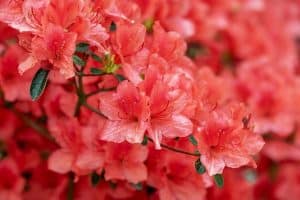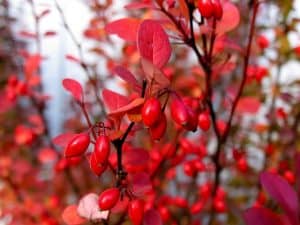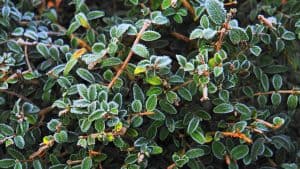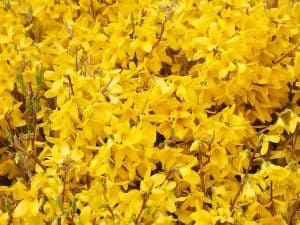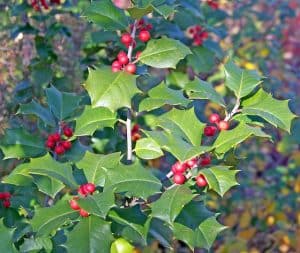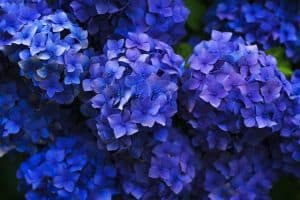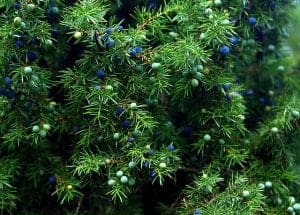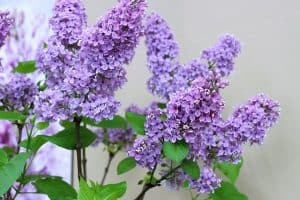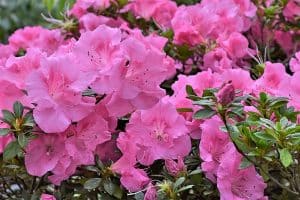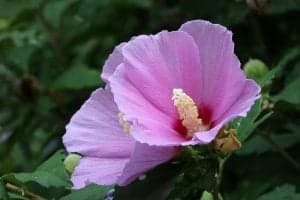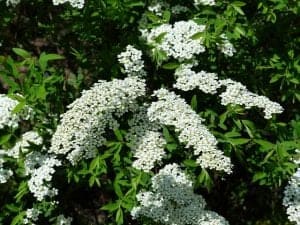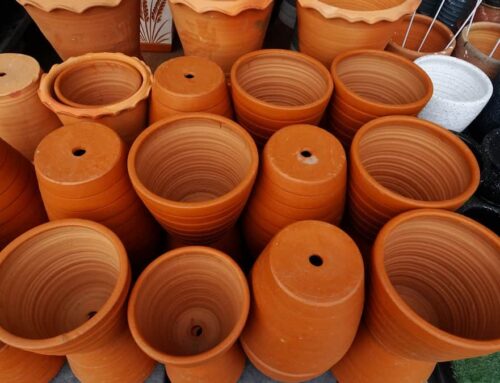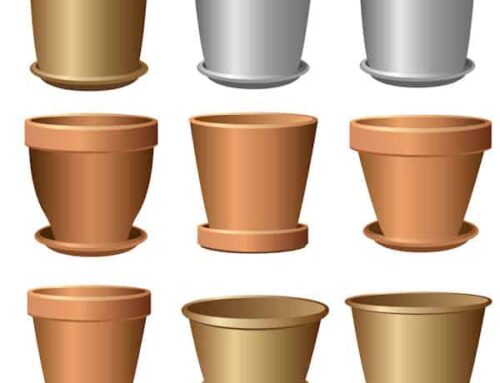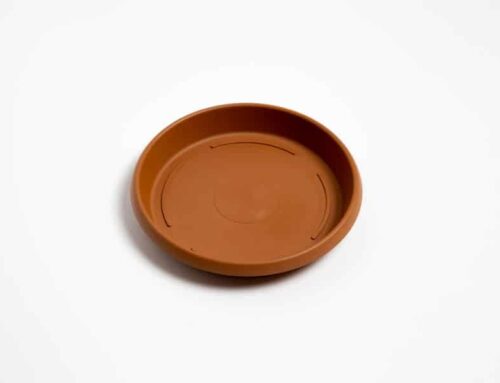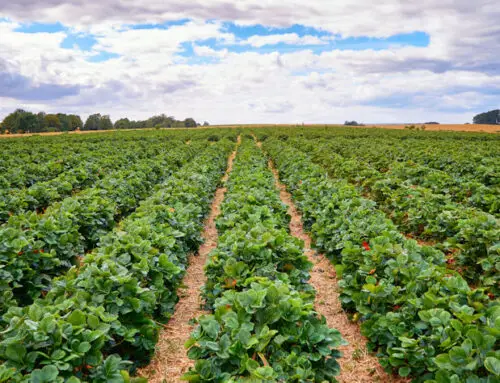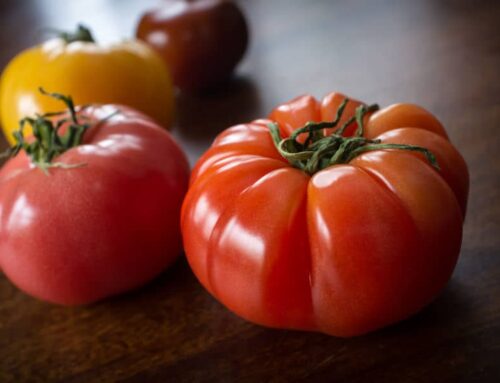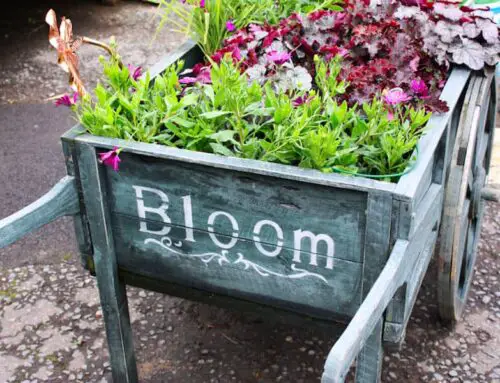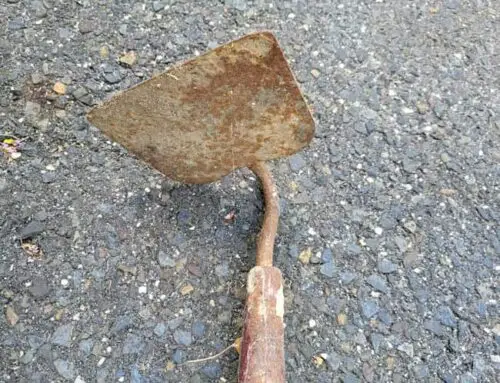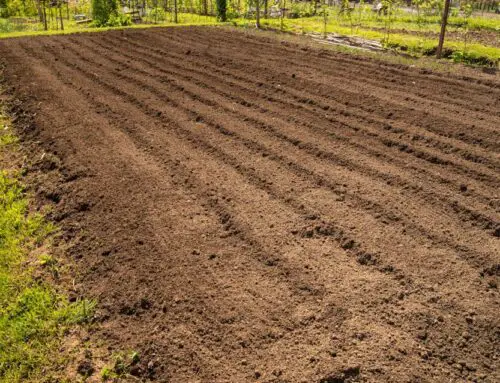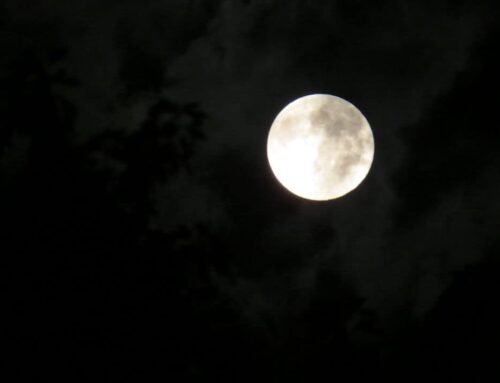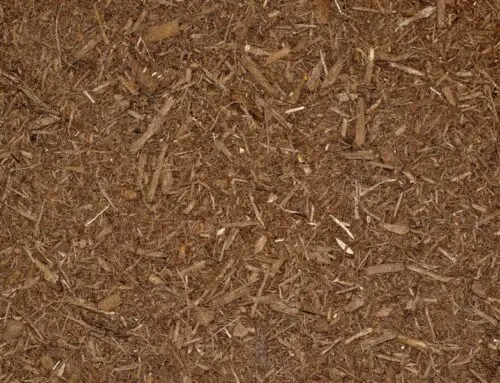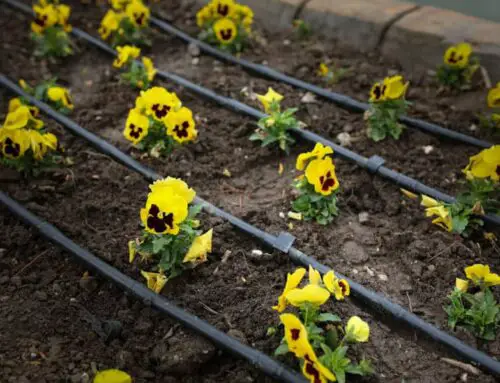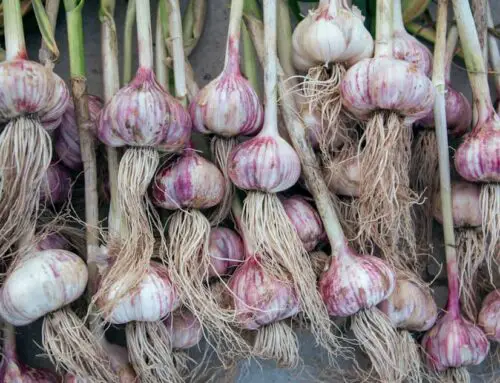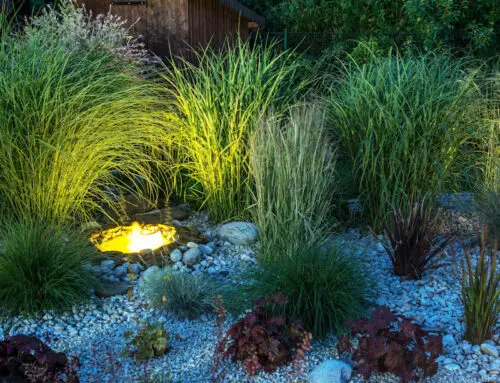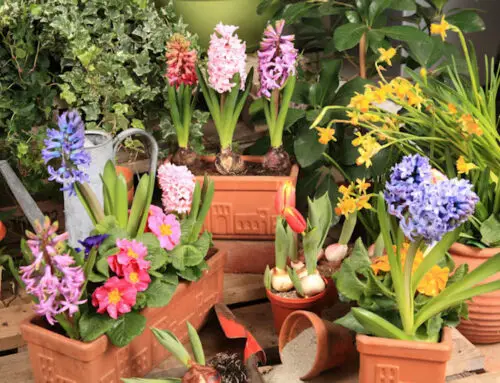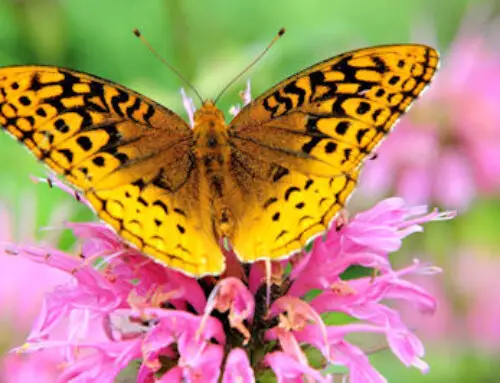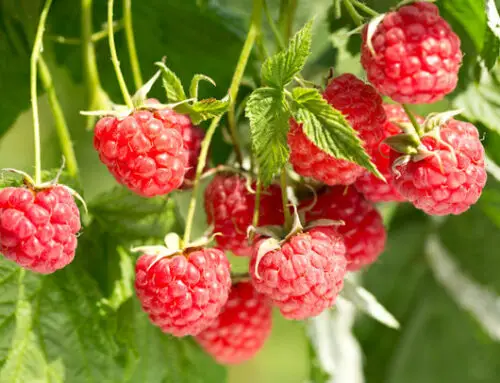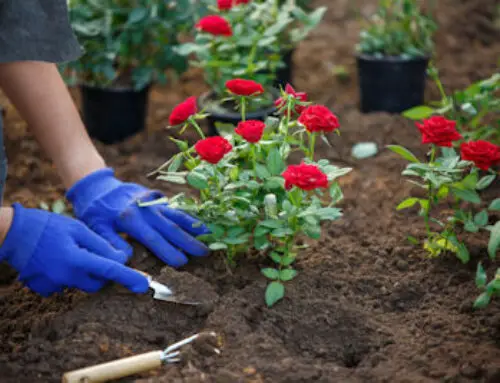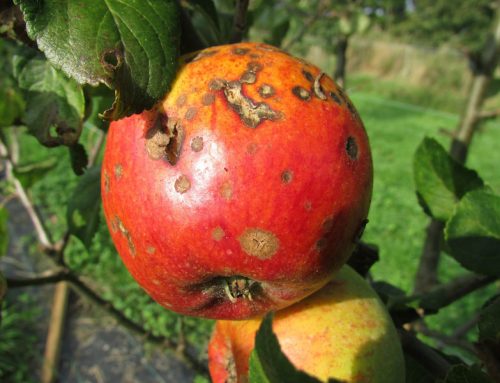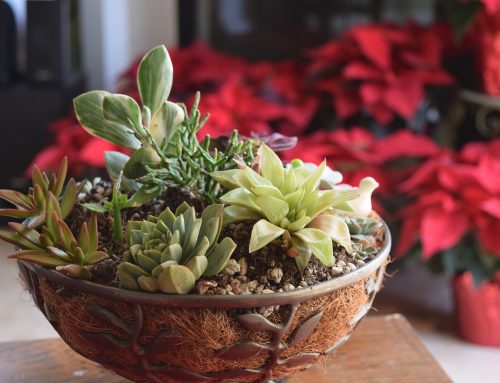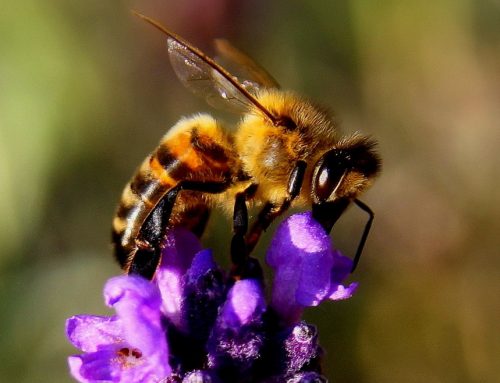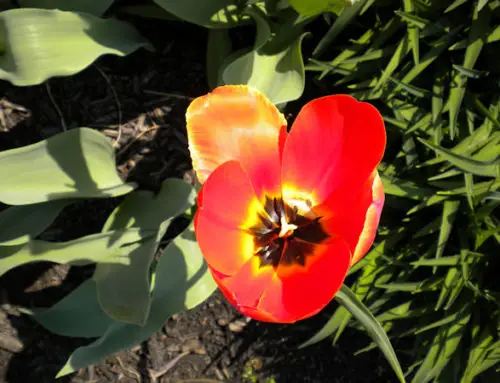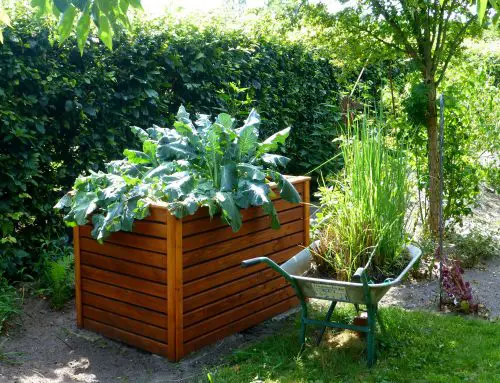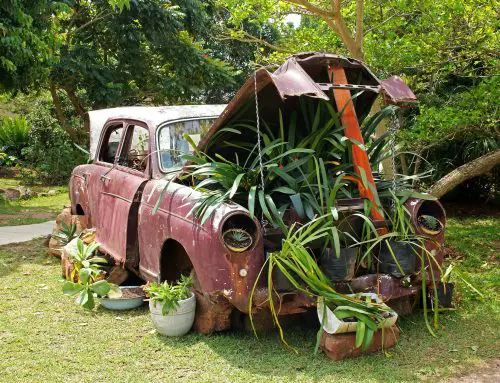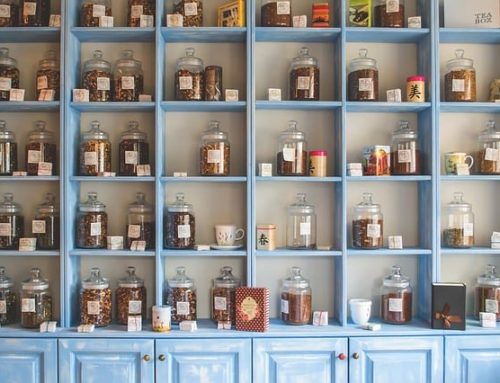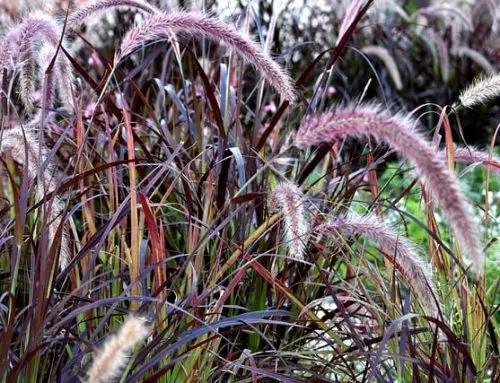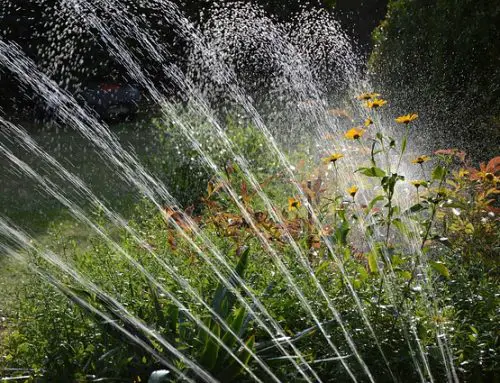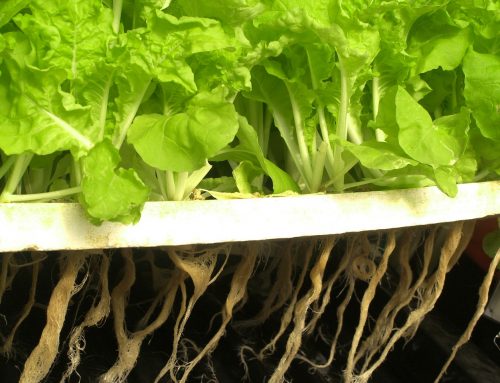Shrubs like other landscaping options, come in a variety of types available for landscaping your yard and garden space. They can flower in a variety of colors or can be strictly foliage only. The size range of shrubs encompasses smaller plant forms all the way up to plants that are tree-sized. This gives many options to a homeowner when planning their landscape.
Types of Shrubs
For simple classification purposes shrubs can be divided into two categories: evergreen and deciduous. Evergreen flowering shrubs maintain their color and leaves all year round; deciduous shrubs put on a colorful show in the fall and then lose their foliage until spring.
Shrubs serve different purposes in a landscape or garden, depending on their size and shape. Foundation plantings are found closest to the house along the foundation and help to frame a house, while softening the edges of the structure. A specimen plant is grown by itself, for ornamental effect, and serves as a focal point in a garden. Hedges, or privacy shrubs, are grown to create a wall of plants. Sometimes they are purely decorative and other times they serve a practical function for the homeowner.
There are many types commonly found in gardens and landscapes, each having their own advantages. One of the main merits of these plants is they typically need little hands on care to grow, this makes low maintenance shrubs great around the house. Some of the most common garden/landscaping shrubs follow:
Azaleas
Known for their showy spring flowers, azaleas are a subgenera of the rhododendron family. Although they typically have a shortened blooming season (only a couple of weeks long) compared to most flowering shrubs, they are available in many evergreen varieties to provide year-round interest in your landscape. Azaleas come in a wide range of colors, giving the gardener many options to choose from.
Barberry Shrubs
Another low maintenance shrub, is this easy to grow hardy deciduous shrub, barberry provides year round interest in a garden and landscapes. Barberry plants have thick, green leaves that turn red in the fall and bear numerous berries. Their thick, uniform growing pattern makes them well suited for hedges or mixed borders.
Boxwood Shrubs
One of the most common evergreen shrubs used in landscapes, boxwoods are very dense and work extremely well for creating walled gardens or as privacy shrubs. They are commonly used as foundation plantings helping to frame a house and anchor it aesthetically to a site.
Forsythia
The cheery yellow foliage of the forsythia signifies that spring has finally arrived after the doldrums of winter. They are among the first flowers to grow in spring providing a brilliant display of yellow. Forsythia is a low maintenance shrub making it very easy to care for and they make a great privacy shrubs to screen in a landscape or garden.
Holly Bush Shrubs
Commonly used as a screening hedge, or foundation planting, the holly bush are evergreen shrubs known for their clusters of red berries and spin-edged leaves. They provide a backdrop for other flowers in the summer, and add structure and color to landscapes during the winter months. Hollies require little care other than pruning to keep them compact.
Hydrangea
One of the most popular flowering shrubs found in landscapes, hydrangeas add a beautiful pop of color to yards and gardens in the summer months. They come in pink, blue and white, and work well in informal borders and as specimen plantings.
Juniper
These shrubs are known for their distinctive fragrance and well defined shape. The low growing juniper variety is used most often in landscapes, filling in vacant spaces between larger, more upright shrubs and trees. Junipers never need pruning and tolerate adverse conditions well.
Lilacs
Lilacs are exceedingly popular flowering shrubs are known for their intoxicating fragrance and light purple flowers, making them a staple in many landscapes, especially rural communities. Lilac varieties are available in more compact forms, as well as taller plants; they are also available in yellow and white. They do well when planted together to create screens, or backgrounds, but can also stand alone to create stunning specimen plantings.
Rhododendron
Closely related to the azalea, rhododendrons are also known for their ornate spring flowers. Rhododendrons are acid loving plants, which do best when planted in groupings instead of individual planting holes. A variety of available rhododendron colors allows for creativity in garden flower color schemes.
Rose of Sharon
This is another flowering shrub that brings large, beautiful blooms to garden spaces. Rose of Sharon flowers appear during the warm summer months in shades of red, pink, purple and white flowering shrubs. This is a low maintenance shrub that is easy to care for and will thrive with little care. Their 9-12’ stature makes for stunning privacy shrubs but do require some pruning for shape.
Spirea
A deciduous flowering shrub that blooms in late spring to midsummer, spireas are often used as foundation plantings, hedges, or accent plants in perennial gardens. Flower colors include white, red, pink and yellow depending on the spirea variety; size ranges from smaller 2’ tall plants, to shrubs that grow to 10’ in height.
With many options in colors, sizes, and purpose, these plants fill an important niche within gardens and landscapes. They can help anchor a home into the site by serving as foundation plantings. They can stand alone, creating stunning focal points, or they can be used as privacy shrubs amassing together to build walls of plants that provide privacy.

